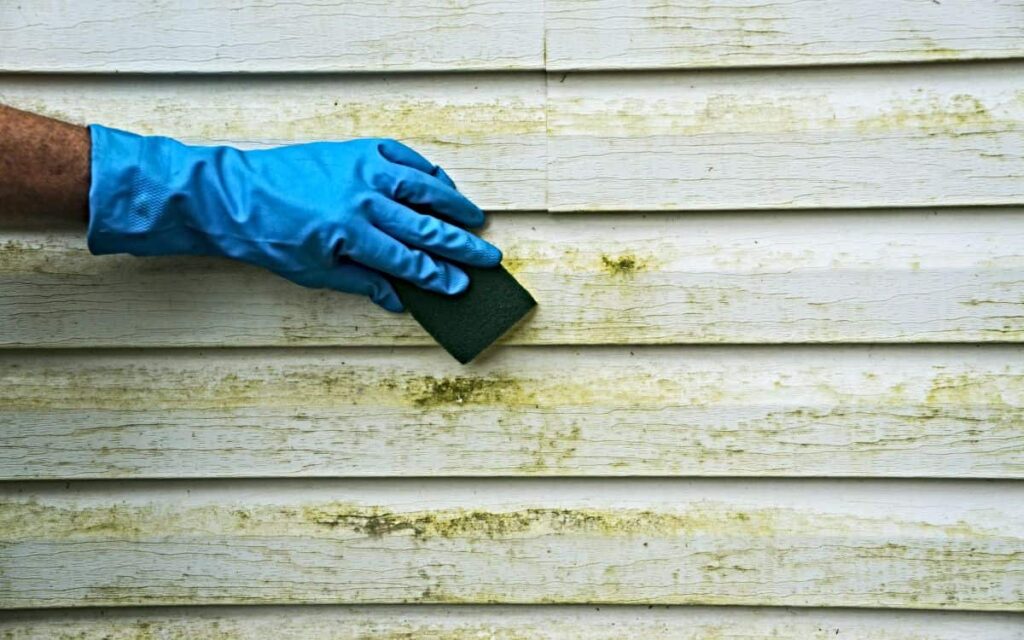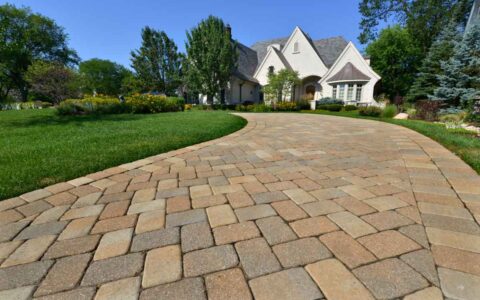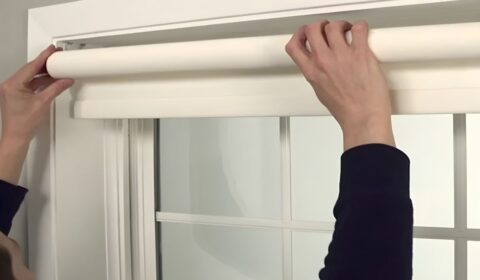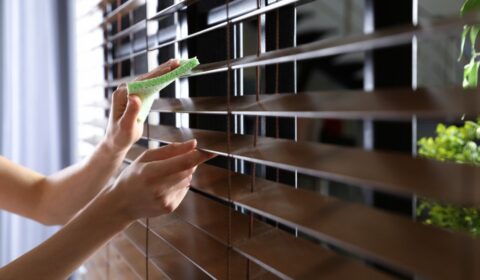Mould on wood can be a persistent problem, affecting your home’s furniture, flooring, or wooden structures. If left untreated, mould damages the wood and poses serious health risks. This comprehensive guide will explore effective ways to remove mould from wood furniture, flooring, and other wooden surfaces. We will also discuss the different types of mould, including black, green, and white, and the best solutions for each.
Understanding Mould on Wood
Mould thrives in damp, humid environments. Wooden surfaces in poorly ventilated areas are particularly vulnerable, especially if they are exposed to moisture. The three most common types of mould found on wood include:
- Black mould: Often appears in moist areas and can produce harmful toxins.
- Green mould: Typically forms in areas with excessive humidity and can cause wood to rot over time.
- White mould: Appears as a powdery substance and is commonly found in areas with high moisture levels.
How to Remove Mould from Wood?
Step 1: Safety Precautions
Before starting the cleaning process, take the necessary safety measures to protect yourself:
- Wear protective gloves, a mask, and safety goggles to avoid inhaling spores.
- Work in a well-ventilated area or use an air purifier to minimise airborne spores.
- Cover nearby furniture and flooring to prevent cross-contamination.
Step 2: Identify the Extent of the Mould Infestation
Examine the wood to determine how deep the mould has penetrated:
- Surface-level mould: Easier to clean with household solutions.
- Deep-set mould: May require sanding or professional treatment.
Step 3: Dry the Affected Area
Mould thrives in moisture, so the first step in removal is ensuring the area is completely dry. Use a dehumidifier or a fan to speed up the drying process.
Step 4: Choose the Right Cleaning Solution
There are several effective solutions to remove mould from wood:
White Vinegar Solution
- Mix equal parts white vinegar and water in a spray bottle.
- Spray the solution onto the mouldy wood and let it sit for an hour.
- Scrub the surface with a soft brush or sponge.
- Wipe with a damp cloth and let the wood dry completely.
Baking Soda and Water Paste
- Mix baking soda with water to form a paste.
- Apply the paste to the mouldy area and scrub gently.
- Wipe with a clean, damp cloth and let the wood dry.
Hydrogen Peroxide Solution
- Apply a 3% hydrogen peroxide solution directly to the mould.
- Let it sit for 10–15 minutes before scrubbing.
- Wipe the surface with a dry cloth.
Bleach and Water Solution (For Severe Mould Growth)
- Mix one part bleach with ten parts water.
- Apply with a sponge or brush and scrub thoroughly.
- Rinse with clean water and dry the wood completely.
Step 5: Remove Stubborn or Deep-Set Mould
If mould has deeply penetrated the wood, consider the following:
- Sanding: Use fine-grit sandpaper to remove the affected layer.
- Wood Cleaner: Apply a commercial wood cleaner specifically designed for mould removal.
- Professional Treatment: If the damage is extensive, consulting a mould removal specialist may be necessary.
How to Prevent Mould Growth on Wood?
Control Humidity Levels
- Use a dehumidifier to maintain indoor humidity below 50%.
- Ensure proper ventilation in bathrooms, kitchens, and basements.
Regular Cleaning and Maintenance
- Dust and clean wooden surfaces frequently to prevent moisture buildup.
- Apply wood polish or sealant to protect against future mould growth.
Fix Leaks and Water Damage
- Repair leaky pipes, roofs, and windows to eliminate moisture sources.
- Ensure wooden furniture and flooring are kept dry.
Use Mould-Resistant Products
- Consider using mould-resistant paints and wood treatments to prevent future infestations.
- Store wooden furniture in dry areas to minimise the risk of mould growth.
Conclusion
Mould on wood is unsightly and potentially harmful to your health. By following the steps outlined in this guide, you can effectively remove mould from wooden furniture, flooring, and other surfaces. Whether dealing with black, green, or white mould, using the right cleaning method and preventive measures will help keep your wood mould-free in the long run. Regular maintenance and moisture control are key to ensuring your wooden items remain in excellent condition for years.
Read More Cleaning Blogs At: The Home Designer
Frequently Asked Questions
How to remove green mould from wood?
Green mould is often caused by excessive moisture. A baking soda and water paste effectively removes it. After cleaning, improve ventilation to prevent regrowth.
How to remove white mould from wood?
White mould is usually surface-level and easier to clean. A simple vinegar and water solution can eliminate it. Keep the wood dry to prevent recurrence.
Can I use bleach to remove mould from wood?
Yes, but only for severe cases. Bleach can be harsh on wood and may cause discolouration. It is recommended that you test it on a small area before applying it to the entire surface.
How can I prevent mould from returning?
Maintain low humidity levels, clean wooden surfaces regularly, and use mould-resistant products. Address water leaks promptly to prevent moisture buildup.





